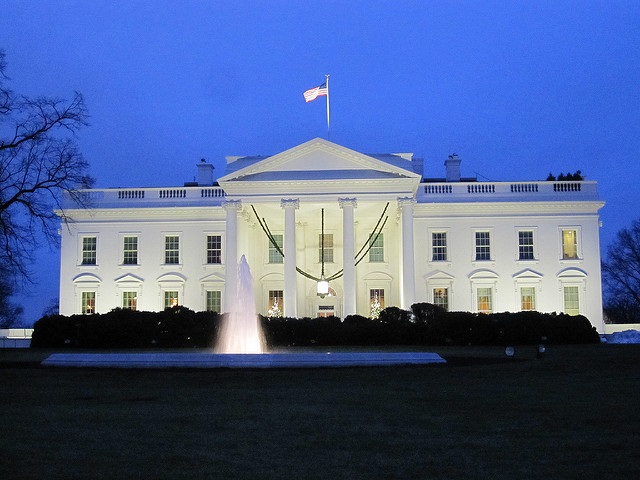
“What’s in the box?” This question can come from a joyous child tearing into a nondescript package – or it can come from Brad Pitt’s infamous line in the crime thriller Seven. Most of the time, what’s in the box ends with smiles and laughter. In banking, though, the “box”





















